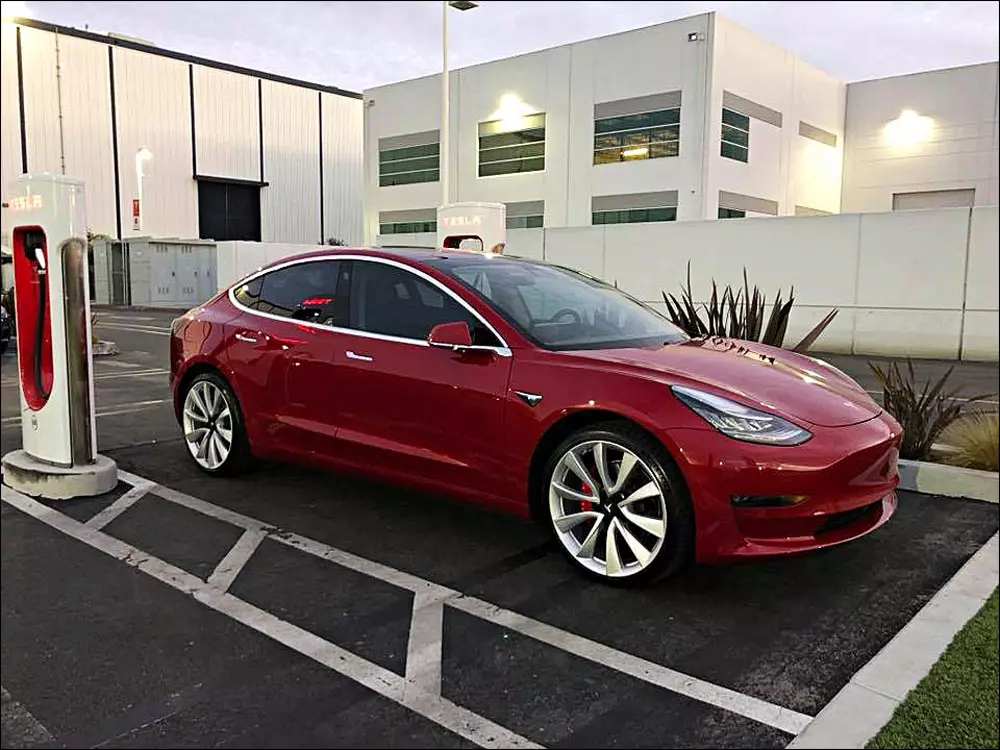The second quarter of 2018 was one of records for Tesla. The progressive increase in the production of Tesla Model 3 allowed to reach a peak of 53 339 units produced — an all-time record for Tesla — a 55% increase over the first quarter, and also includes Model S and Model X.
The promise of 5000 units per week for the Tesla Model 3 should have been reached by the end of 2017, but it was necessary to wait for the last week of the second quarter of 2018 to achieve it. It is still a feat and we must give credit to the American brand, which gives new and extreme meaning to the expression “growing pains”. All numbers provided by Tesla:
For the first time, Model 3 production (28,578) exceeded the combined Model S and X production (24,761), and we produced nearly three times the amount of Model 3 than in the first quarter. Our Model 3 weekly production rate also more than doubled during the quarter, and we did it without compromising on quality.

But… there is always a but…
In order to achieve this milestone, the Model 3 production line has been subject to constant evolution and even the implementation of extreme measures. The brand partially backed off from excessive automation, adding more workers. A new production line had to be added — the now famous tent — built in just two or three weeks (depending on Elon Musk's tweets). The tent contributed about 20% of the Tesla Model 3 produced this past week.
Elon Musk, CEO of TeslaOne of the biggest mistakes we made was trying to automate things that are super easy for a person to do, but super hard for a robot to do. And when we look at it, it seems to be super stupid. And we wonder, wow! Why did we do this?
But the measures to speed up production did not stop there, as the New York Times reports — there is a lot of experimentation and everyone is being pushed to the limit, whether workers or… robots. Shifts of 10 to 12 hours, and up to six days a week, have been reported by workers, and even robots are being tested beyond recommended operating speeds to see where their limits are.
To speed up production time, they also reduced the number of welds needed by about 300. — yet there are more than 5000 welds per Model 3 — which the engineers found unnecessary and reprogrammed the robots accordingly.
The question remains. Will Tesla be able to maintain the production of 5000 units per week — it has already announced that the goal is to reach 6000 units by the end of this month — while maintaining the quality of the product? Between the experimentation that takes place on the production line, and pushing people and machines to the limit, will it be sustainable in the long run?
The brand has announced that it still has 420,000 unfulfilled orders for the Model 3 — just 28,386 are in the hands of end customers, with 11,166 in transit at the end of the second quarter on their way to their new owners.
